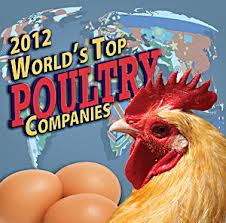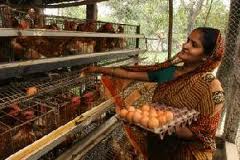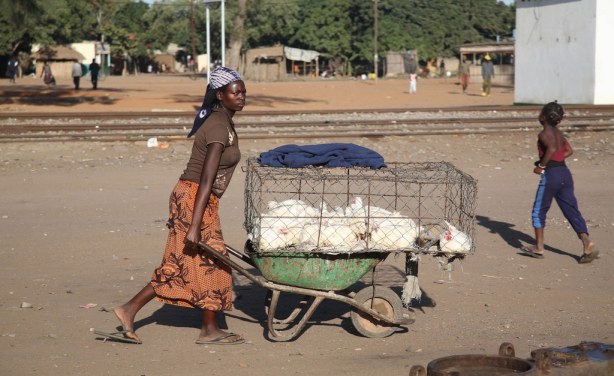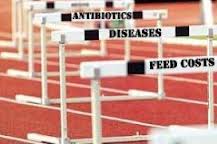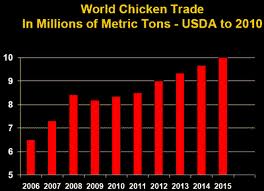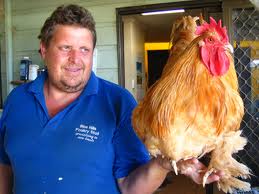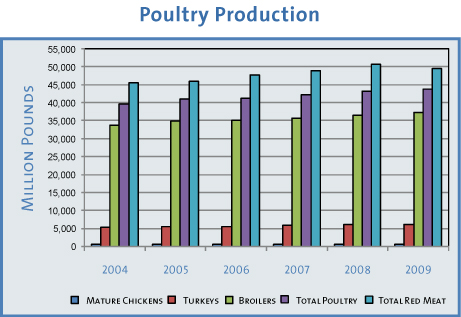When it comes to the poultry industry, then there are a few countries that have always been in the lead like United States, Brazil, China and other Asian Countries, but now a shift in this trend is quite visible. In the year 2012, there is an expected 2 % percent expansion which is going to be seen in the domains …
Read More »World Poultry
Apprehend lots of concerning the Chicken farming in India
This can be a type of germplasm which has laid the entire concept of chicken an excellent money market that’s really lounging egg everyday and every time when it comes to gain. Should you gage the present situation when it comes to the commercial start having a large idea of chicken. Giving an enormous push towards the farming area …
Read More »Outlook of Family and Rural Poultry Production in Africa
A demand for the livestock products in addition to the poultry is now increasing in all regions of Africa. But the region where the demand is much more in comparison to the other areas is West Africa. The reason for this can be linked to the rise in the population of the area and to increase in levels of urbanization. …
Read More »Pakistan Poultry Industry Facing the Unstable Market Situation
Poultry market in Pakistan is now on the brink of chaos, all because of the lack of policies and proper research. Poultry marketing is highly unstable and unreliable, due to which we come to see extreme fluctuations in the prices every now and then. The reason for these fluctuations is the absence of professional controlling bodies which might come to …
Read More »Global Challenges Facing by Today’s Poultry Industry 2012
Every poultry farm in the world now has its special risk profile. This profile indicates the chances of risks for the spread of various pathogens and diseases to all other farms located very close to it. In order to reduce these risks, the farm owners should take some innovative measures and steps in order to lower the risks and their …
Read More »The Effect of Technical and Non-Technical Barriers to Global Poultry Trade
Global trade in the domain of poultry products has expanded rapidly in the past few years. But the technical rules and regulations, which were ostensibly designed for the protection of animal and human health, now act as important factors and determinants of the sector’s growth. Barriers to trade do come to effectuate trade volumes and patterns. Many of these barriers …
Read More »Overview of Poultry Industry in Australia
The Australian Poultry Industry offers its services to the market with only a few products. Although the land mass of the country is similar to that of the United States of America, still the poultry products that are exported are quite minor. One major reason for this can be linked to the rainfall that area experiences. The current poultry population …
Read More »Feed industry the crisis just begun – China Clasp The envelopes – Poly Mailer Manufacturer
the feed industry in Guangdong Province makes satisfying accomplishments within the forefront of production still the provinces. But there’s lots of problems, because the South China Farming College, Connect Dean of 10,000 Junyi economic management pointed out within the forum, the present domestic farming Enterprise Proper Management and Business Vision dislocation is unknown, as feet watermelon rind , where operator …
Read More »OVERVIEW OF PAKISTAN POULTRY INDUSTRY
Poultry farming is now considered to be one of the most integral and dynamic component of the worldwide food production. The poultry culture is seemingly in the phase of rapid expansion. Even the Asian countries are in no exception to this. The broiler and chicken farms are all a part of this phenomenal expansion. The poultry farms in Pakistan have …
Read More »A Guide to World Poultry chicken/meat(market/ecnomic analysis,trends,statistics 2012),upcoming trends in world poultry
Upcoming Trends in World Poultry In the year 2012, the projected expansion of the worldwide meat production is 2 percent, thus taking the total figure to 302 million metric tons. Most of the production is going to come from Asia, especially from Russia, China, India, Turkey and Japan according to the Food and Agricultural Organization of the United Nations. According …
Read More »